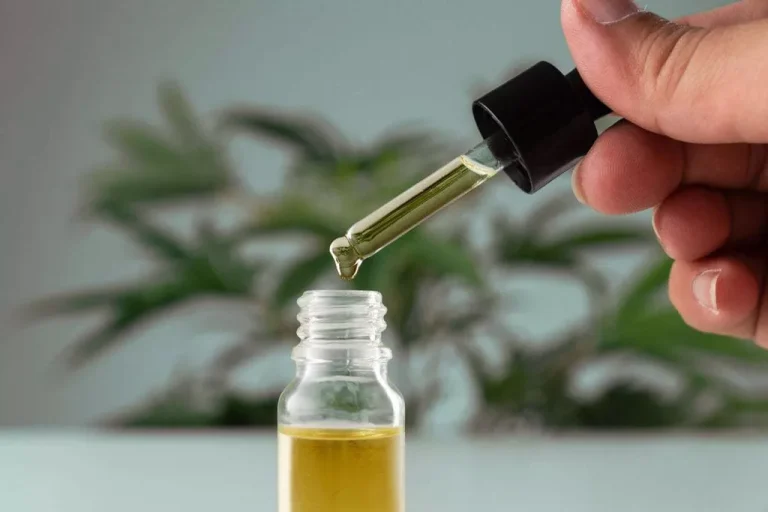
Attempting to dive straight in to a discussion about drinking may be a quick way to trigger an unpleasant fight. A better tactic is to find an area of common ground, such as sports or movies. Once you’re able to peacefully discuss a common interest, it may be easier to get your teen talking about the more sensitive issue of alcohol use. In addition, teenage alcoholism APA designates some general factors that increase the risk of alcohol use and abuse, which apply to younger individuals. If you need suicide- or mental health-related crisis support, or are worried about someone else, please call or text the 988 Suicide and Crisis Lifeline or chat with Lifeline to connect with a trained crisis counselor.
Get the Facts About Underage Drinking
Studies show that teens who start drinking before the age of 15 are at a higher risk of alcohol abuse than people who start drinking at older ages. The amount of alcohol that teens use can vary widely depending on a number of factors, including their age, gender, social environment, and personal experiences with alcohol. However, research has shown that underage drinking is a significant public health https://ecosoberhouse.com/ concern in many countries around the world and that many teens report drinking alcohol at least occasionally. If you’ve discovered your child or teen is drinking alcohol, it’s normal to feel upset, angry, and worried. Underage drinking can have serious implications that may not show up until later in your child’s life. Over the past 15 years, teen alcohol use has been declining for the most part.
Teenage Alcoholism: Underage Drinking Facts and Statistics

Many people with alcohol use disorder hesitate to get treatment because they don’t recognize that they have a problem. An intervention from loved ones can help some people recognize and accept that they need professional help. If you’re concerned about someone who drinks too much, ask a professional experienced in alcohol treatment for advice on how to approach that person. Similarly, high school binge drinking statistics show that most high school students who drink tend to binge drink. Binge drinking is defined differently depending on if someone is male or female. For males, it is defined as having five or more drinks on the same occasion at least one day in the past month.

NHS nurses called into primary schools to help with potty training
Thanks to generous benefactors, your gift today can have 5X the impact to advance AI innovation at Mayo Clinic. You’ll soon start receiving the latest Mayo Clinic health information you requested in your inbox. A test of anxiety that uses a four-armed, cross-shaped apparatus that is well elevated from the floor. Two of the arms are surrounded by high walls (the ‘closed arms’) whereas the other two arms do not contain walls (the ‘open arms’). Anxiety-like behaviour in this test is indexed by animals spending less time and exhibiting fewer entries into the open arms than typically seen in control animals. The Trevor Project is a leading national organization that provides crisis intervention and suicide prevention services to lesbian, gay, bisexual, transgender, queer, and questioning youth.
Teens held over lamb deaths face no further action

If you suspect someone is experiencing alcohol poisoning, call 911 immediately. If you do not have access to a phone contact Web Poison Control Services for online assistance. Take the assessment and get matched with a professional, licensed therapist. Keep any alcohol in your home locked away and routinely check potential hiding places your teen may have for alcohol, such as under the bed, between clothes in a drawer, or in a backpack. Explain to your teen that this lack of privacy is a consequence of having been caught using alcohol. It should be clearly understood that use of alcohol by any individual under the age of 21 is a serious problem.
How can parents prevent teen’s alcohol use?

If their friends drink, your teen is more likely to as well, so it’s important you know where your teen goes and who they hang out with. By getting to know their friends, you can help to identify and discourage negative influences. And by working with their friends’ parents, you can share the responsibility of monitoring their behavior.
Although adults of legal drinking age drink more often than teens, when teens do drink, they tend to consume more alcohol. Underage drinkers consume about 90% of their alcohol during binges. For youth in the first stage of alcohol use (having access but not having yet used alcohol), preventive measures are used. Therefore, healthcare professionals recommend limiting access to alcohol or other drugs, addressing any risk factors of the youth or family, as well as optimal parental supervision and expression regarding expectations. However, medical professionals have not approved any of these medications to treat alcoholism in people less than 18 years of age.
Underage Drinking in the United States (ages 12 to
- If they drink and then drive or get into a vehicle driven by someone else who’s been drinking, that mistake could be a fatal one—for them or someone else.
- Therefore, if someone is a teen or has a loved one who is a teen, it is important to know as much as possible about teenage alcoholism and underage drinking facts.
- For example, research demonstrates that the Internet and advertising, including that which occurs on social media, promote drinking behaviors in teenagers.
- Consider connecting online, through social media, or by phone or mail.
- The participants were shown pictures of alcoholic and nonalcoholic beverage advertisements during neuroimaging.
Preliminary investigation suggests that alcohol was a factor, the release said. ‘I don’t think parents should encourage alcohol use but should open up conversations with their children,’ she tells Netmums. But I think it’s safe to say that most of our generation were brought up with a strict alcohol ban and that only led to us drinking MD 20/20 sitting in an abandoned shopping trolley in the park with our mates.
- To date, a handful of large-scale multisite studies are being conducted to gain insight into the consequences of adolescents transitioning into and out of substance use.
- It also includes binge drinking — a pattern of drinking where a male has five or more drinks within two hours or a female has at least four drinks within two hours.
- Because the adolescent years are a time of development, teens’ bodies are less able to process alcohol.
- Some kids drink alone or with friends to alleviate boredom; others drink to gain confidence, especially in social situations.
- Alcohol use disorder includes a level of drinking that’s sometimes called alcoholism.
Age of Onset
For females, binge drinking means having four or more drinks on the same occasion on at least one day in the past month. Mental-health professionals should not minimize the approach to those who have experimented with alcohol, since infrequent use can progress to the more serious stages of alcohol use if not addressed. Therefore, professionals recommend that the youth be thoroughly educated about the effects and risks of alcohol, that fair but firm limits be set on the use of alcohol, and that the user attend brief counseling, a self-help group, and/or a family support group. If you’re a child or teen and are worried about your own or a friend’s drinking, it’s important to reach out to an adult you trust. If you don’t feel you can talk to a parent, reach out to a family friend, older sibling, or school counselor, for example, or call one of the helplines listed below.
